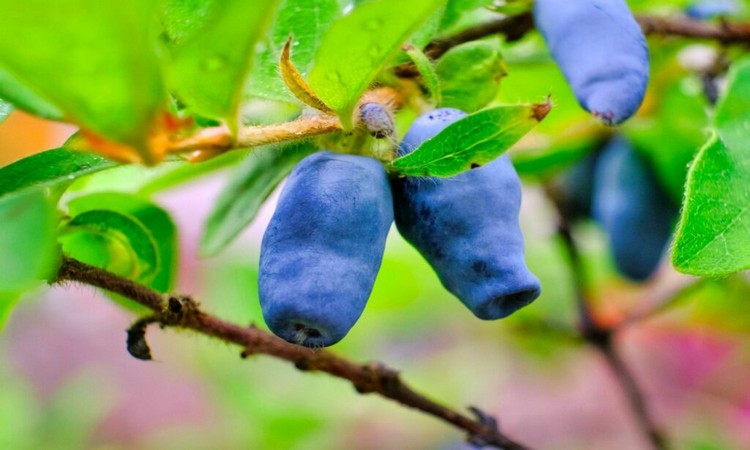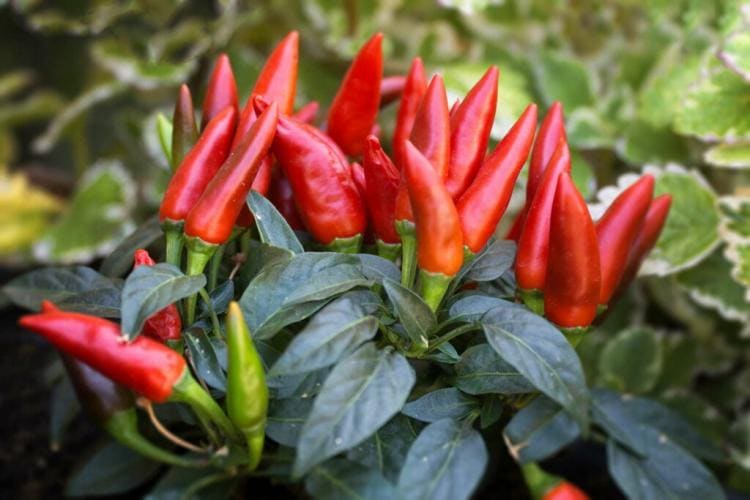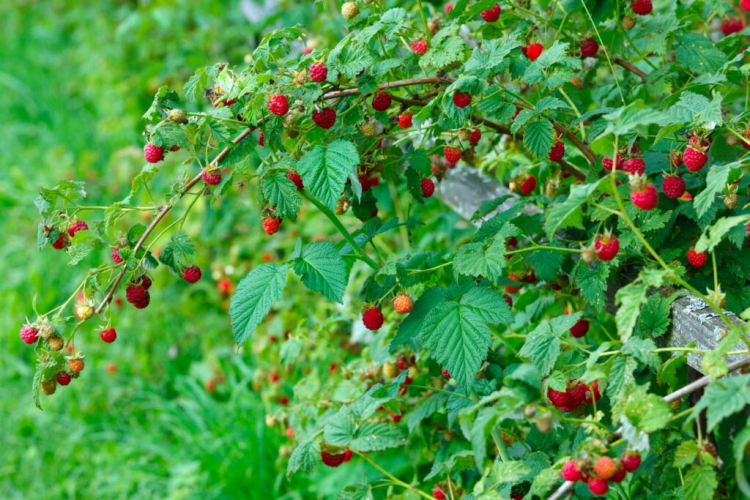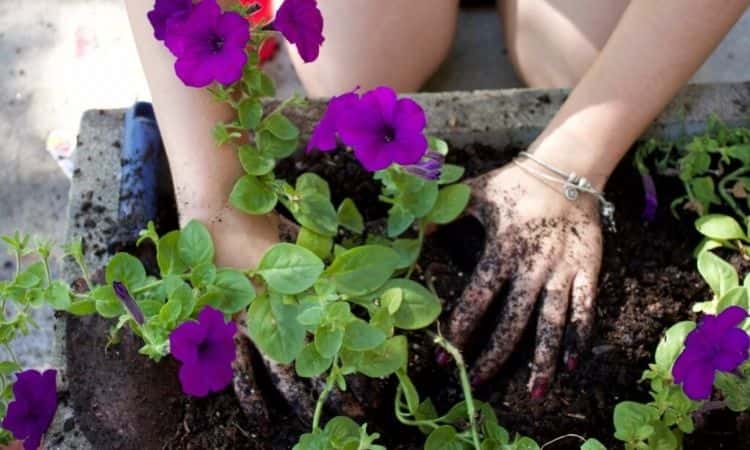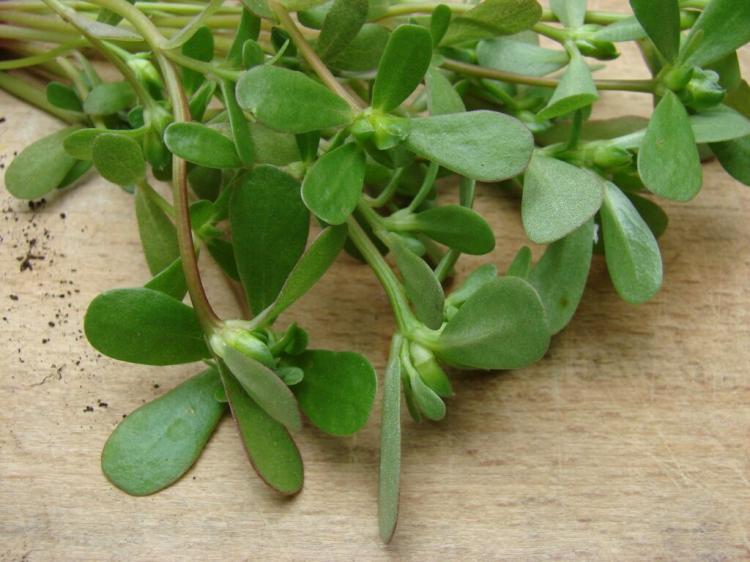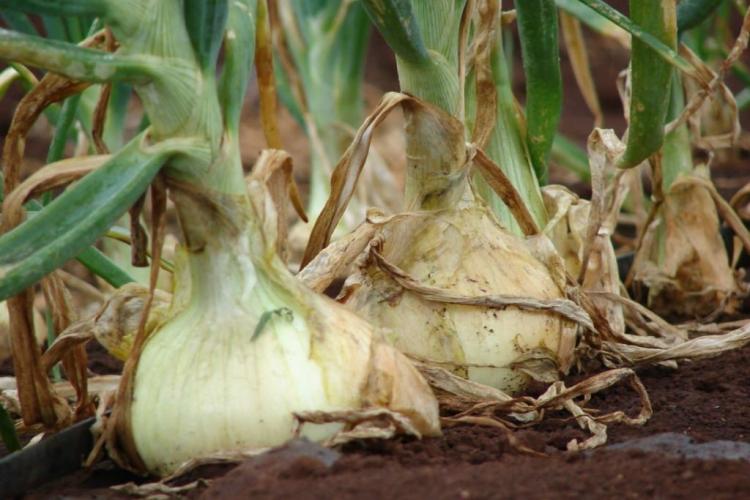Honeyberry: Varieties, Location And Pruning Of The Fly Honeysuckle
At first glance, the Honeyberry, or Fly Honeysuckle, looks like a blueberry. So what exactly is a honeyberry? We reveal to you the characteristics and peculiarities of the small blueberry.
You can often find the Honeyberry also under the names Kamchatka honeysuckle, bilberry, Siberian blueberry, or even Siberian blueberry in the trade. The deciduous berry bush of the Fly Honeysuckle is becoming increasingly popular in home gardens with its blueberry-like fruits. The Honeyberry also convinces with its low-maintenance and robust nature.
Honeyberry: Origin And Characteristics
Table of Contents
Honeyberry (Lonicera caerulea var. kamtschatica) originally comes from Siberia, to be more precise from the Siberian peninsula of Kamchatka, from which the also used name Kamchatka honeysuckle originates. The plant, which belongs to the honeysuckle family (Caprifoliaceae), grows there mainly in mountain forests at higher altitudes.
The leaves of the berry bush grow only after the flowers. From these form 0.6 inches large, cylindrical, dark blueberries. These are also similar in taste to the cultivated blueberry, but the Honeyberry has a lower yield. A distinctive feature, however, is its early ripening, often as early as May, which makes the Mayberry one of the first soft fruits of the year. Fly Honeysuckle size in this case is suitable even for smaller gardens. The shrub grows up to 5 ft high, but also likes to grow in width.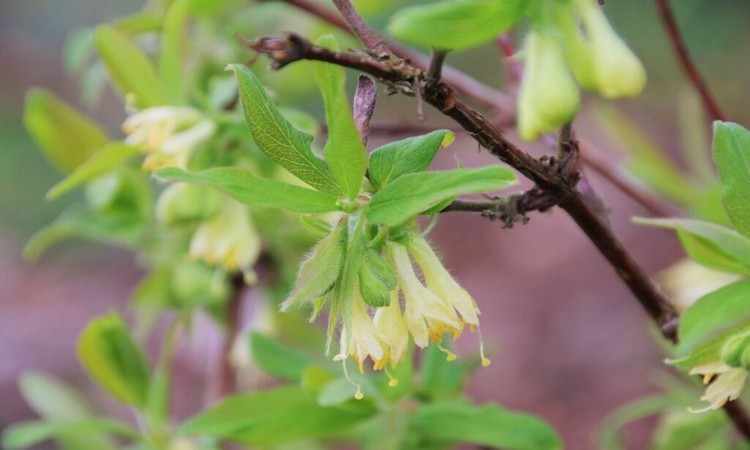
The Most Delicious Varieties
There are several varieties of May berries, which can be divided into early and late varieties, with little difference. The most famous honeyberry varieties are:
- ‘Morena‘: is slightly larger and heavier and in mild locations ripens as early as the end of May.
- ‘Fialka‘: which is also somewhat larger and heavier, is also ripe at the end of May or beginning of June in mild locations.
- ‘Maitop‘: is characterized by its aromatic berries and good yield.
- ‘Amur‘: is considered a good pollinator variety for the ‘Maitop’. It is thus a good addition to the garden with also very aromatic taste.
- ‘Eisbär‘: is characterized by its very large, 1 to 1.5 inches long fruits and is thus said to produce a higher yield.
Other varieties: blue honeysuckle, sweetberry honeysuckle, blue-berried honeysuckle, haskap.
Planting Honeyberry: Location, Timing, And Procedure
The honeyberry shrub is very hardy and undemanding, which is why it grows satisfactorily in partial shade and full sun, as well as in light to medium soils. Thus, the Fly Honeysuckle location can be chosen quite freely, but a sunny and not too nutrient-poor location is conducive to harvesting. May berry also prefers consistently moist sites.
When planting honeyberries, temperatures should not be below freezing. Planting in the spring or fall is ideal. If you want to plant the shrub now, you should dig a hole that is at least 1.5 times the size of the root ball of the honeyberry shrub. Before planting the Fly Honeysuckle, the root ball can be loosened a bit. Normal garden soil is suitable for planting. If you want to loosen the soil and provide a good supply of humus, as well as a better harvest, you can use a more special soil.
When planting several bushes should be spaced at least 39 inches apart. The yield of May berries can be increased if different varieties cross-pollinate. However, Fly Honeysuckle is also capable of self-pollination. So, single-standing Honeyberry bushes also bear fruit. After planting, the bush is sufficiently watered.
Planting Siberian: Due to its compact size, it is easy to plant Siberian blueberry in a container. The plants can also be overwintered outdoors near the house. To protect the fine roots in the pot from freezing through, the tub can be packed with insulating material.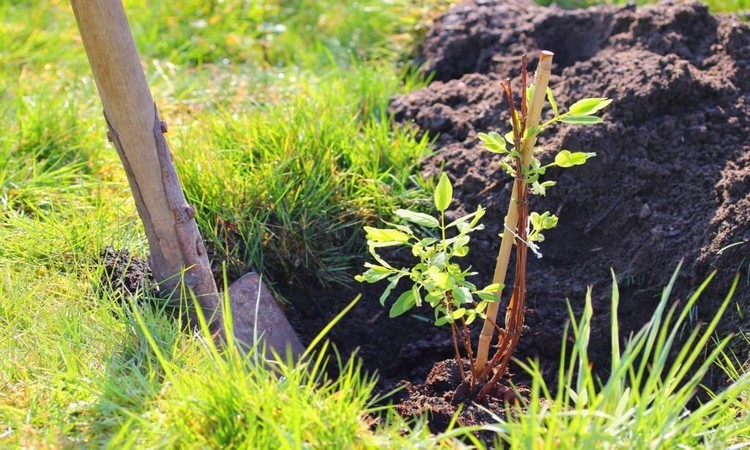
The Right Care
To reap a bountiful harvest, the Siberian blueberry also requires care. While it is easier to care for than the cultivated blueberry, there are still a few points to consider. During prolonged periods of drought, Honeyberry should be watered additionally, as it loves evenly moist soil.
If you want to harvest many berries each year, you should additionally fertilize your Fly Honeysuckle. Here it is recommended to fertilize in the spring before budding and a second in the summer before fruiting. With its natural long-term effect, this is also suitable for the sustainable supply of May berries.
Furthermore, you do not have to be afraid of frost damage with the honeyberry; due to its origin in Siberia, the plant itself can even withstand temperatures as low as about -113 °F.
Cut
After harvesting in June, you can prune the Honeyberry to rejuvenate it. In the first 3 years, you should only remove shoots that are too dense and weak. Then, starting in the 4th year, cut off the oldest shoots near the ground each year after harvest and leave the strongest 8 to 10 of the young fruit shoots. These then provide the new berries the next year.
You might so like: Apple Tree: How To Grow And Care For An Fruit Tree
Honeyberry Does Not Bear: What To Do?
After 3 years, your Fly Honeysuckle should be bearing fruit. Your Honeyberry is not bearing? There are a few possible reasons for this. As mentioned above, Fly Honeysuckle pollination basically does not require a second plant, but it often requires a second variety for you to harvest anything. It is also possible that the Honeyberry site is too shady or the plant has not been watered sufficiently during long periods of drought. If there are also no flowers and the foliage shows signs of deficiency, it may also be useful to fertilize the Fly Honeysuckle again or improve the soil.
Propagation
Honeyberry can also be propagated. For this purpose, cuttings are used, which can be cut in summer. To do this, cut young shoots about 8 inches long without flowers or fruit and place them in pots with loose soil. These can be overwintered until spring in a cool and bright, but the frost-free place and then planted out in the garden. Propagation via cuttings is even easier. This involves bending down a shoot of the plant and fixing it in the ground so that it can root.
Harvest And Use: Are May Berries Edible?
May berries are harvested, as the name suggests, often from the end of May. Honeyberry is edible and can be eaten directly from the bush. The taste is similar to blueberries, but honeyberries have a shorter shelf life and should be consumed directly. The most interesting Honeyberry ingredients are vitamin C, potassium, and antioxidants, which make them a real superfood. The berries are also used in juices, jams, or compotes.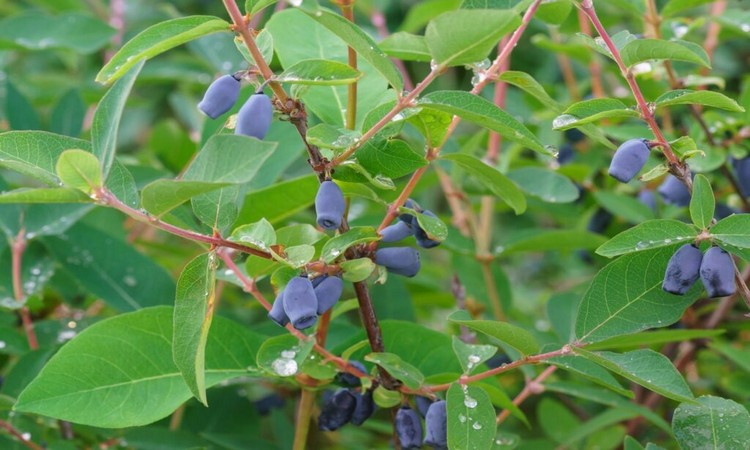
Common Pests and Diseases Of The Siberian Blueberry
Siberian blueberry is only slightly susceptible to diseases and pests. Occasionally, an infestation of frost moths occurs. Care should be taken, however, in the case of bird damage. The small berries are very popular and should therefore be covered with nets when many birds are in the garden so that they can still harvest something.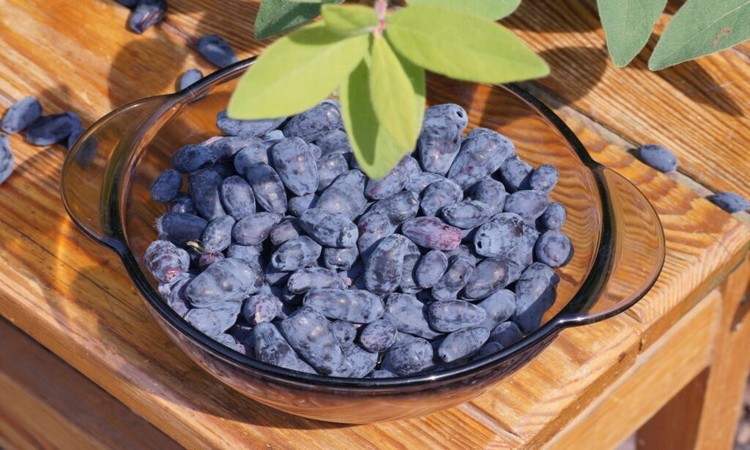
Would you like to discover even more special types of berries? In our article, we reveal 9 unknown berries that you probably have never heard of.
